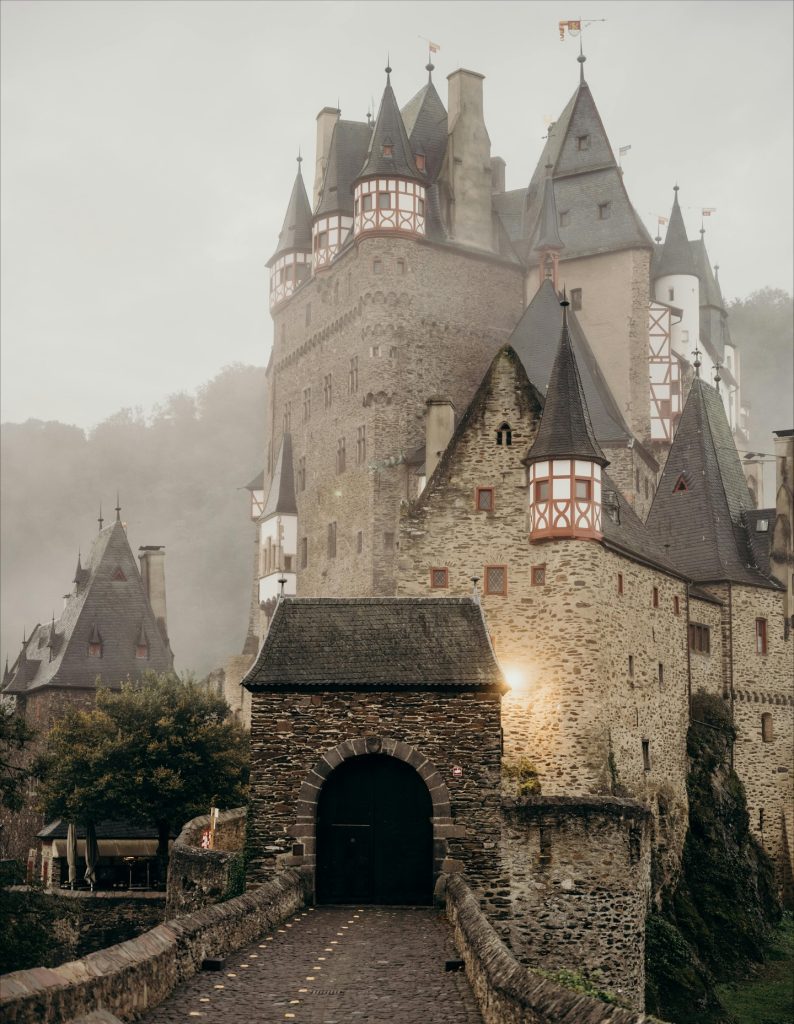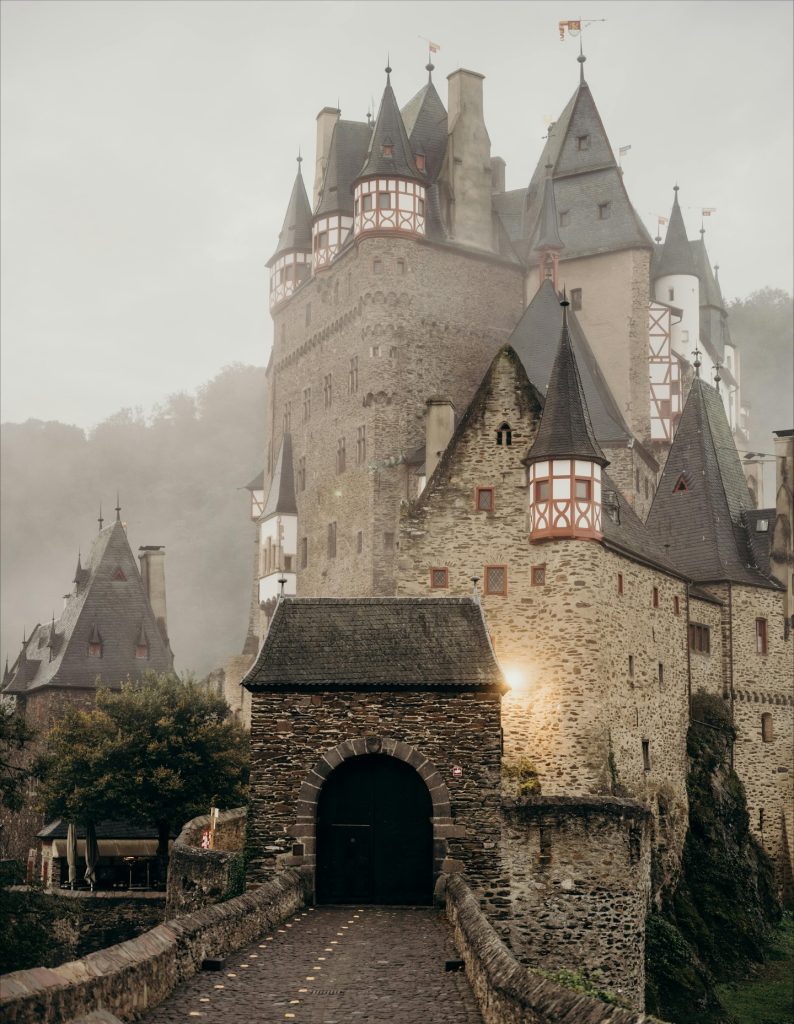Inside Germany’s Magical Eltz Castle — A 12th-Century Fortress That’s Been Owned by the Same Family for 33 Generations
Hidden deep within the lush hills above the Moselle River in western Germany lies one of the most enchanting castles in Europe — Eltz Castle, or Burg Eltz. It looks like something out of a fairy tale, surrounded by misty forests, its tall turrets piercing through the clouds. But what makes this medieval masterpiece truly special isn’t just its beauty. It’s the extraordinary fact that for more than 800 years, this castle has been owned and lived in by the same family, passed down through 33 generations — a lineage that stretches back to the 12th century.

Located near the village of Wierschem in the Rhineland-Palatinate region, Eltz Castle was first mentioned in historical records around 1157. It began as a small manor built to guard a key trade route between the Moselle River and the Eifel region. Over the centuries, it grew into a grand fortress, blending architectural styles from Romanesque to Gothic to Baroque, each layer telling a story of a different era. What’s remarkable is how well-preserved it remains. Unlike many of Europe’s ancient castles that fell to war, neglect, or political conflict, Eltz Castle somehow escaped destruction — even during the Thirty Years’ War and World War II.
This peaceful survival was no accident. For much of its history, the Eltz family managed to avoid the bloodshed that consumed other noble families. They used diplomacy instead of aggression, maintaining neutral relationships and carefully navigating the turbulent politics of medieval Europe. While neighboring fortresses were razed and rebuilt, Eltz Castle remained untouched, continuing to serve as a private residence and symbol of continuity.

The architecture of Eltz Castle is a wonder in itself. The structure sits on a 70-meter-high rock, surrounded on three sides by the Elzbach River, making it naturally fortified. Its many towers, pointed roofs, and wooden balconies create a postcard-perfect silhouette against the forest backdrop. Inside, the rooms are filled with centuries-old furniture, paintings, and weapons, preserved as though time simply paused. Walking through the halls feels like stepping into a living museum — one that still breathes, still belongs to the family that built it.
What’s even more fascinating is how the castle was historically divided into multiple family branches. Eltz Castle wasn’t owned by one single heir but shared among three different family lines who lived there together. Each branch built its own section of the castle, creating a complex that combines distinct wings, each with its own architectural flavor. Despite that, the family remained united in their goal: to protect and preserve their ancestral home.

Today, the Eltz family still owns and maintains the castle, though part of it is open to the public. Visitors from around the world travel to see this rare glimpse of authentic medieval life — a place untouched by modernization, where stone walls and timber beams whisper stories from centuries past. Guided tours lead through 80 rooms, showcasing family treasures like gold goblets, ornate armor, and one of Germany’s best-preserved medieval armories.
Yet, perhaps the most powerful thing about Eltz Castle is not its grandeur, but its endurance. To be owned and cherished by the same bloodline for more than eight centuries is almost unheard of in European history. It’s a reminder that legacy isn’t built overnight — it’s built through generations of care, resilience, and respect for heritage.
When the morning fog rolls over the Moselle Valley and Eltz Castle emerges like a dream from another time, it’s hard not to feel its magic. It stands not just as a monument of stone, but as a living testament to family, endurance, and the quiet passage of history.



